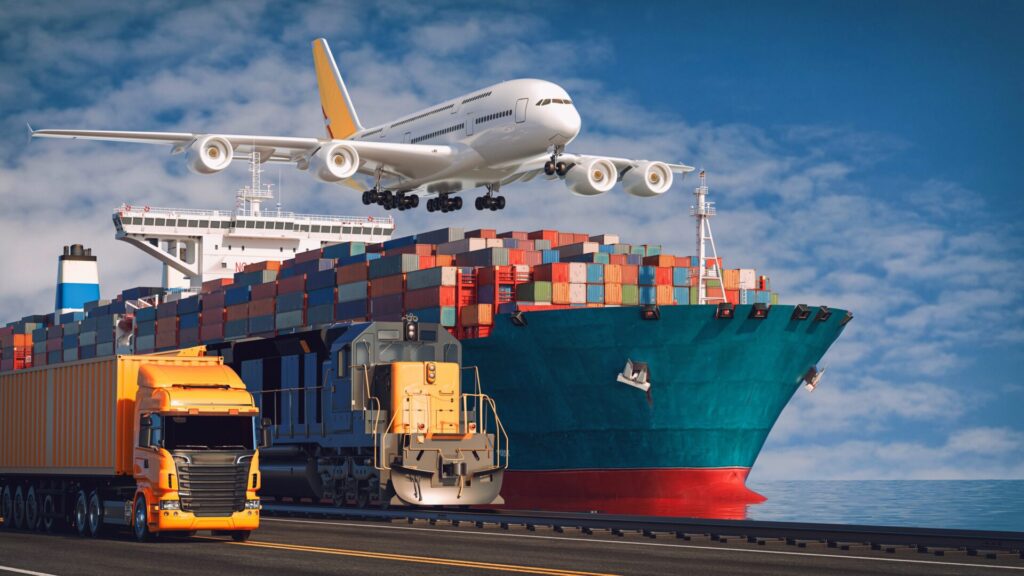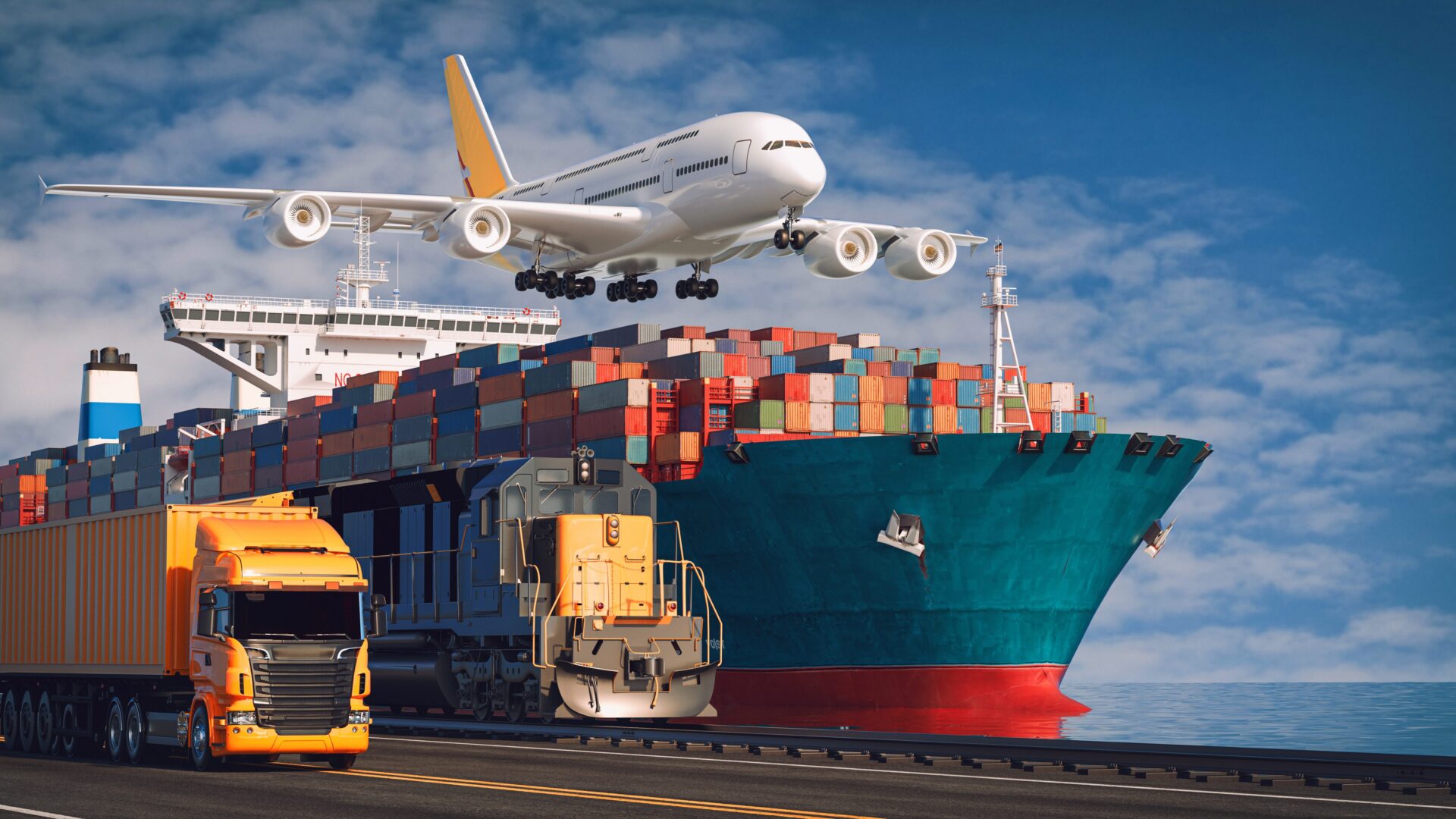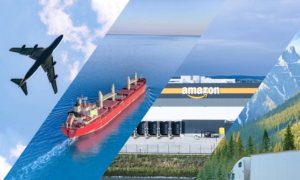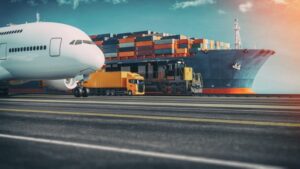If you are looking for a way to transport goods from China to Netherlands, you might be interested in freight shipping. Freight shipping is the process of moving large quantities of cargo by land, sea, or air. Freight shipping can be a cost-effective and efficient option for international trade, but it also involves many challenges and complexities. In this article, we will guide you through the basics of freight shipping from China to Netherlands, and provide you with some tips and best practices to make your freight shipping experience smooth and affordable.
Understanding the logistics of freight shipping

Freight shipping is not a simple matter of packing your goods and sending them off. It requires careful planning and coordination of various logistics aspects, such as:
- Origin and destination: You need to know the exact locations of where your goods are coming from and where they are going to. This will affect the choice of freight shipping method, the transit time, the customs clearance, and the delivery options.
- Cargo type and quantity: You need to know the nature and specifications of your goods, such as the weight, volume, dimensions, value, and classification. This will affect the packaging, labeling, documentation, and pricing of your freight shipment.
- Shipping requirements and preferences: You need to know the specific requirements and preferences of your freight shipment, such as the delivery time, the service level, the security, and the environmental impact. This will affect the selection of freight forwarders, carriers, and routes.
Choosing the right freight shipping method

There are three main methods of freight shipping: sea, air, and land. Each method has its own advantages and disadvantages, depending on your shipping needs and budget. Here is a brief overview of each method:
- Sea freight: Sea freight is the most common and economical method of freight shipping, especially for large and heavy cargo. Sea freight can take anywhere from 15 to 40 days to ship from China to Netherlands, depending on the port of origin and destination, the carrier, and the route. Sea freight also has the lowest environmental impact of all freight shipping methods. However, sea freight is also the slowest and most unpredictable method of freight shipping, as it is subject to weather conditions, port congestion, and customs delays. Sea freight also requires more documentation and fees than other methods, such as the bill of lading, the freight invoice, the terminal handling charges, and the customs duties.
- Air freight: Air freight is the fastest and most reliable method of freight shipping, especially for small and urgent cargo. Air freight can take anywhere from 3 to 10 days to ship from China to Netherlands, depending on the airport of origin and destination, the carrier, and the flight schedule. Air freight also has the highest security and visibility of all freight shipping methods, as it is tracked and monitored throughout the entire process. However, air freight is also the most expensive and limited method of freight shipping, as it is subject to weight and volume restrictions, fuel surcharges, and airport taxes. Air freight also has the highest environmental impact of all freight shipping methods, as it emits more greenhouse gases and noise pollution than other methods.
- Land freight: Land freight is the most flexible and accessible method of freight shipping, especially for short and regional distances. Land freight can take anywhere from 1 to 7 days to ship from China to Netherlands, depending on the border crossing, the carrier, and the road conditions. Land freight also has the lowest documentation and fees of all freight shipping methods, as it only requires a commercial invoice, a packing list, and a CMR consignment note. However, land freight is also the most risky and regulated method of freight shipping, as it is subject to road accidents, theft, and traffic jams. Land freight also has to comply with various rules and standards, such as the weight and dimension limits, the driver’s hours, and the vehicle’s emissions.
Finding reliable freight forwarders

Freight forwarders are intermediaries that help you arrange and manage your freight shipping from China to Netherlands. Freight forwarders can offer you various services, such as:
- Consulting: Freight forwarders can advise you on the best freight shipping method, carrier, route, and price for your cargo, based on your shipping requirements and preferences.
- Booking: Freight forwarders can book the space and capacity for your cargo on the selected freight shipping method and carrier, and confirm the departure and arrival dates and times.
- Documentation: Freight forwarders can prepare and handle all the necessary documentation and fees for your freight shipment, such as the commercial invoice, the packing list, the bill of lading, the freight invoice, the terminal handling charges, and the customs duties.
- Clearance: Freight forwarders can assist you with the customs clearance of your freight shipment, by providing the required documents, paying the applicable taxes, and complying with the regulations of both the origin and destination countries.
- Delivery: Freight forwarders can arrange and coordinate the delivery of your freight shipment from the port or airport of arrival to the final destination, by using their network of local agents and transporters.
Finding reliable freight forwarders is crucial for the success of your freight shipping from China to Netherlands. You should look for freight forwarders that have:
- Experience: Freight forwarders that have been in the business for a long time and have handled similar cargo and destinations as yours, can offer you more expertise and efficiency in your freight shipping process.
- Reputation: Freight forwarders that have positive reviews and feedback from their previous and current customers, can offer you more trust and satisfaction in your freight shipping service.
- Network: Freight forwarders that have a wide and strong network of partners and agents in both China and Netherlands, can offer you more options and flexibility in your freight shipping method, carrier, route, and delivery.
- Certification: Freight forwarders that have the relevant certification and accreditation from the industry associations and authorities, such as the International Federation of Freight Forwarders Associations (FIATA), the International Air Transport Association (IATA), and the China International Freight Forwarders Association (CIFA), can offer you more quality and professionalism in your freight shipping standards and practices.
Understanding customs regulations and documentation

Customs regulations and documentation are the rules and requirements that govern the import and export of goods between countries. Customs regulations and documentation vary depending on the origin and destination countries, the cargo type and quantity, and the freight shipping method and carrier. Customs regulations and documentation are important for the smooth and legal flow of your freight shipping from China to Netherlands, as they ensure the safety, security, and compliance of your cargo.
Some of the common customs regulations and documentation that you need to be aware of when freight shipping from China to Netherlands are:
- Commercial invoice: A commercial invoice is a document that provides the details and value of your cargo, such as the description, quantity, unit price, total price, currency, and terms of trade. A commercial invoice is required for both sea and air freight, and it is used to calculate the customs duties and taxes, and to verify the origin and destination of your cargo.
- Packing list: A packing list is a document that provides the specifications and condition of your cargo, such as the weight, volume, dimensions, marks, and numbers. A packing list is required for both sea and air freight, and it is used to check the accuracy and completeness of your cargo, and to facilitate the loading and unloading of your cargo.
- Bill of lading: A bill of lading is a document that serves as a contract and a receipt between you and the carrier, and as a proof of ownership and delivery of your cargo. A bill of lading is required for sea freight, and it contains the information and instructions of your cargo, such as the consignor, the consignee, the carrier, the port of origin and destination, the freight shipping method and route, the cargo description and quantity, and the freight charges and fees.
- Air waybill: An air waybill is a document that serves as a contract and a receipt between you and the carrier, and as a proof of ownership and delivery of your cargo. An air waybill is required for air freight, and it contains the information and instructions of your cargo, such as the consignor, the consignee, the carrier, the airport of origin and destination, the freight shipping method and route, the cargo description and quantity, and the freight charges and fees.
- CMR consignment note: A CMR consignment note is a document that serves as a contract and a receipt between you and the carrier, and as a proof of ownership and delivery of your cargo. A CMR consignment note is required for land freight, and it contains the information and instructions of your cargo, such as the consignor, the consignee, the carrier, the border crossing, the freight shipping method and route, the cargo description and quantity, and the freight charges and fees.
- Customs declaration: A customs declaration is a document that declares the nature and value of your cargo to the customs authorities of both the origin and destination countries. A customs declaration is required for both sea and air freight, and it is used to assess the customs duties and taxes, and to inspect and clear your cargo.
- Certificate of origin: A certificate of origin is a document that certifies the origin country of your cargo, and its eligibility for preferential trade agreements. A certificate of origin is required for both sea and air freight, and it is used to reduce or waive the customs duties and taxes, and to comply with the trade regulations of both the origin and destination countries.





